Up Next

With the biggest change in technical regulations for decades, the 2022 Formula 1 season was the start of a process to close up the grid, produce cars that would not be so negatively influenced when following each other and create better racing with more ‘proper’ overtaking.
I suppose you could say some of that happened. The cars were certainly able to follow each other more closely, for longer, but the overtakes still relied on the DRS. On many occasions, it was too powerful and passes were far too easy. And when we had DRS zones following each other, it became an ‘after you, ‘no after you’ approach to the detection zone.
The cars also became bigger and heavier, neither of which leads to better racing or more overtaking.
One of the things I was always impressed with was how the drivers that I worked with – or the good ones, at least – would respond to a 10kg difference in fuel load, even if they didn’t know about it. If the car was heavier, they would go slower and if it was lighter they would be faster. That showed they were always on that limit of grip and feel.
With the new regulations, along came the phenomenon of porpoising. This is by no means new and can affect most aerodynamic surfaces that are working close to the ground.
To further complicate matters, the teams now had a cost cap to contend with. While introduced in 2021, this was conceived alongside the new technical regulations and impacted design work on the cars last year, as well as ongoing development and operation this year.
For the bigger teams that set out to comply with these new financial regulations, it wasn’t possible just to spend your way out of trouble. But for the smaller teams, the budget cap was still going to be a dream budget. I have always believed that if you have a cap on spending, it needs to cover everything that is needed to run your F1 team. The way it is with the amount of exceptions that exist just leads to grey areas of where you can spend your money. As long as it’s like that, there will always be accusations about who is spending more than they should.
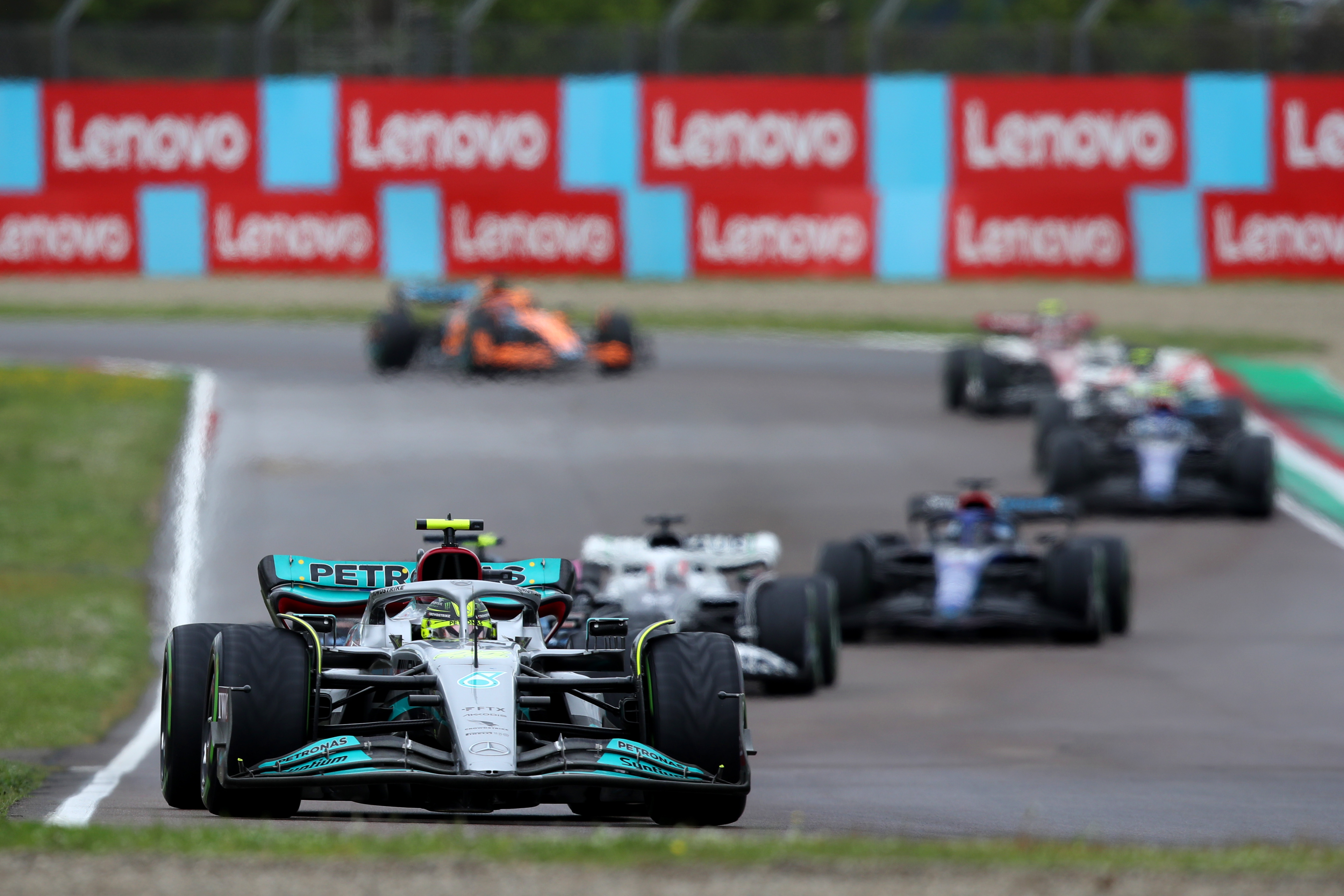
But what impact did all of this have on what happened on track? To get a better handle on the 2022 season, I have, as always, turned each team’s fastest lap for each weekend into a percentage of the outright fastest of that event. This lap normally comes from qualifying, but it also means we can compare wet weekends with dry ones and allow for the varying track lengths.
We need to start somewhere, so I have taken the average of the last four races of 2021 and compared that to the first four races of 2022.
With such a dramatic change in regulations, you would assume that one team might find the magic bullet, or that the grid would be more spread out as the designers and engineers strived to find the best solutions to the changes.
Development from end of 2021 to start of 2022
| Last four ’21 | First four ’22 | Gain/loss | |
| Haas | 3.089% | 1.525% | -1.564% |
| Ferrari | 1.066% | 0.048% | -1.018% |
| Alfa Romeo | 2.166% | 1.409% | -0.757% |
| Red Bull | 0.342% | 0.126% | -0.216% |
| Alpine | 1.388% | 1.210% | -0.178% |
| Williams | 2.402% | 2.643% | 0.241% |
| McLaren | 1.106% | 1.350% | 0.244% |
| Aston Martin | 2.023% | 2.558% | 0.535% |
| AlphaTauri | 1.075% | 1.649% | 0.574% |
| Mercedes | 0.113% | 1.021% | 0.908% |
I think we could say this table shows it was swings and roundabouts. If the regulations had stayed the same, you would probably have seen just as big a spread from year to year.
The surprising drop-off in performance came from Mercedes, I’m pretty sure they were as shocked as we all were. After eight years of more or less dominance, this just shows that no team really has a handle on everything that makes a car perform. Some have a better grasp on it than others, but there is always an area where you can screw up. And screw-up is exactly what Mercedes did over the winter.
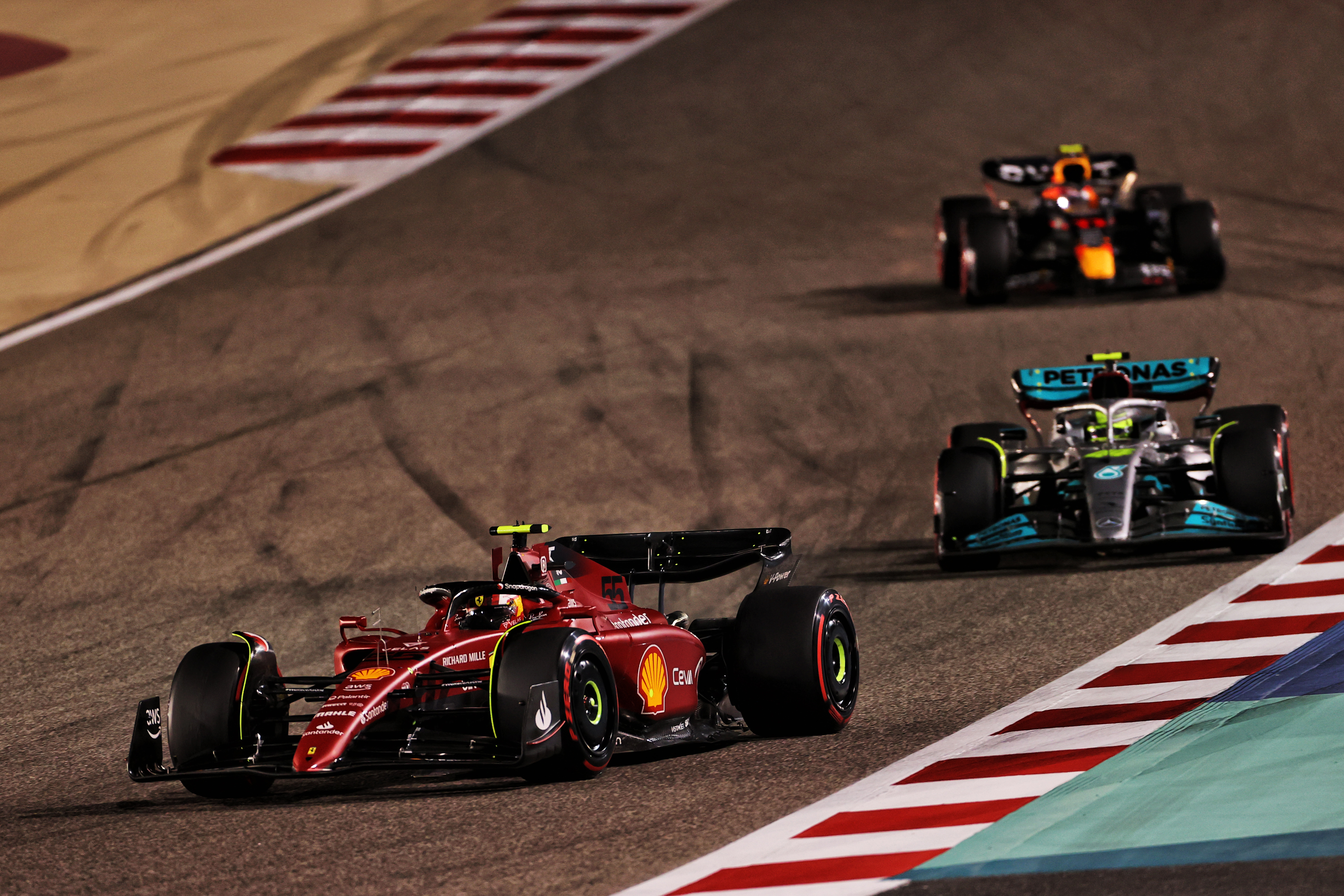
Ferrari reversed that trend by taking the biggest (other than Haas) step forward. You could say it had room to improve, but you have still got to achieve it and the team did it well and, much to my surprise, they were right in there.
When we first saw the cars, I questioned what Ferrari was trying to achieve with its bulbous sidepod concept. But as the season progressed, it was apparent that it was getting more load out of the front corner of the floor, which meant that the sides of the floor behind that area didn’t have to work as hard to produce the same levels of overall underfloor downforce.
As for Haas, it made its step forward mainly because of doing no development in 2021. That’s all fine, as sometimes it is better to focus on the future but during that period you also need to structure yourselves to be able to achieve both, otherwise, you will have difficulty keeping up the following season.
In this case, it has cost a young up-and-coming driver in Mick Schumacher his F1 seat for at least 2023. A driver matures with development experience, which allows them to work with his engineers to find the best set-up for a given set of components, if development is stagnant then no one learns very much. Schumacher had none of that experience in 2021, so was thrown into the deep end in 2022. It was sink or swim for him, and unfortunately, against the very experienced Kevin Magnussen, he sank.
Now we can look at how the teams reacted to what they created for 2022. We are all entitled to make the odd mistake, but the real test of the strength of any team is how everyone reacts to that mistake. That is what we call development, recognise your problems and how to rectify them and simply get on with it.
To do this, we can compare the first four races of 2022 final four races before the August break covering Silverstone, Paul Ricard, the Red Bull Ring and Hungary.
Development from first four races to races 10-13
| First four ’22 | Races 10-13 ’22 | Gain/loss | |
| Mercedes | 1.021% | 0.567% | -0.454% |
| Williams | 2.643% | 2.291% | -0.352% |
| Aston Martin | 2.558% | 2.428% | -0.130% |
| McLaren | 1.350% | 1.305% | -0.045% |
| Red Bull | 0.126% | 0.189% | 0.063% |
| Ferrari | 0.048% | 0.153% | 0.105% |
| Alpine | 1.210% | 1.378% | 0.168% |
| Haas | 1.525% | 1.759% | 0.234% |
| Alfa Romeo | 1.409% | 1.726% | 0.317% |
| AlphaTauri | 1.649% | 2.144% | 0.495% |
Most teams either stood more or less still, or lost a little. Mercedes gained some ground, but it was slow at improving. That was because of spending the first part of the season trying to get the car into its ‘theoretical’ working window and hoping that this would unlock the predicted performance, which should have been much better than where they started the season.
That never really happened, and in Baku, the Mercedes drivers were really riding a bucking bronco. The porpoising, and with it bouncing, was such that in the debrief after each practice session the driver’s first job was to count their teeth.
Everyone had some degree of porpoising, but some teams could dial it out and others could compromise the set-up to minimise it.
As for Aston Martin and Williams, they also improved and, coincidently, they were the first two teams to follow the Red Bull sidepod concept. It’s impossible to ‘copy’ another team completely, but you can certainly take direction from their solutions.
Over the first half of the season, porpoising was the main talking point and seeing the extremes of vertical movement that Mercedes were suffering in Baku led the FIA to come up with a vertical acceleration metric – the AOM. This was what was considered acceptable for the human body to withstand and that was finalised in a technical directive that came into force for the Belgian Grand Prix after the summer break. At the same time, there was a change in the floor deflection loads and the positions of these tests.
A lot of the teams weren’t exactly happy with this TD, believing it was the FIA pandering to Mercedes. So there was lots of attention placed on who would lose or gain most across the summer break.
To look at this in detail, I have compared the final four races before the summer break to the first four races after the summer break.
Before and after F1’s summer break
| Races 10-13 ’22 | Races 14-17 ’22 | Gain/loss | |
| Aston Martin | 2.428% | 2.097% | -0.331% |
| AlphaTauri | 2.144% | 1.943% | -0.201% |
| Red Bull | 0.189% | 0.128% | -0.061% |
| Ferrari | 0.153% | 0.160% | 0.007% |
| Williams | 2.291% | 2.309% | 0.018% |
| Alfa Romeo | 1.726% | 1.848% | 0.122% |
| Alpine | 1.378% | 1.546% | 0.168% |
| McLaren | 1.305% | 1.534% | 0.229% |
| Mercedes | 0.567% | 1.036% | 0.469% |
| Haas | 1.759% | 2.333% | 0.574% |
From this table, you could conclude that anyone who fell back from their earlier performance level had to do the most to comply with the new floor deflection interpretation and those that gained were able to exploit them just that little bit further. But I don’t really think that is the reason.
It’s true some teams will have had to engineer solutions, but I don’t think anyone was pushing the limits too far outside of what the FIA deemed acceptable.
At the top of the table, it was nip and tuck in terms of the gains or losses between Red Bull and Ferrari. But Mercedes, the team that pushed most for the changes defined in the TC, lost the most.
But this wasn’t a surprise to me. Mercedes was without a doubt suffering most from porpoising and bouncing, so to try to get the best performance out of their cars underfloor they had to run the car lower to the ground than most other teams. This led to the sides of the floor sealing and unsealing, which meant the car had more vertical movement than most.
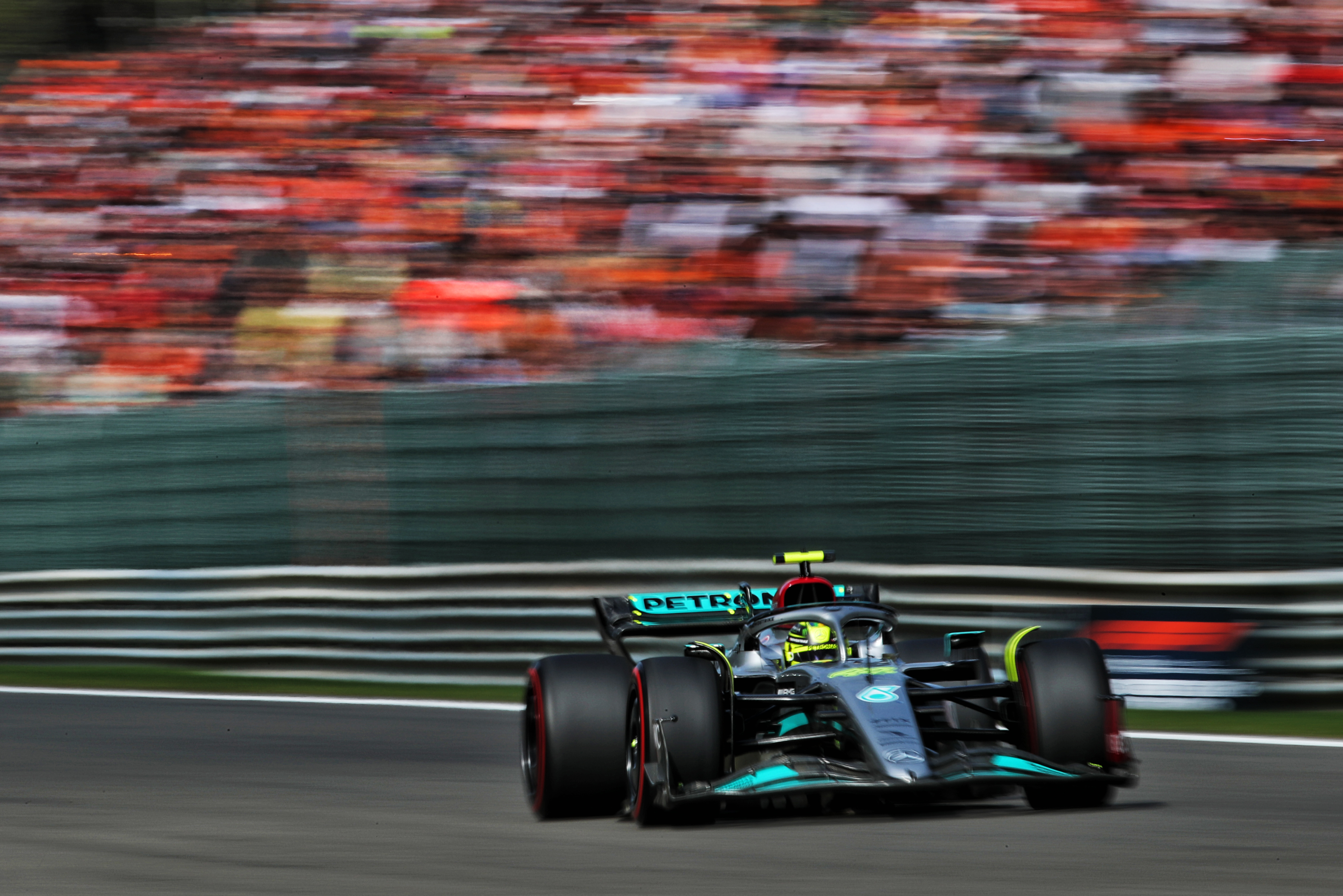
Mercedes will have had to reduce this to comply with the new vertical acceleration metric, but in the end, it probably helped it by forcing a move away from a set-up that was never going to bring consistent performance.
Out of the rest of the teams, Aston Martin and AlphaTauri gained the most and McLaren, Alpine and Alpha Romeo lost out. For the others, it was more or less status quo.
So after the dust had settled and we were into the home run, we can compare races 14-17 and 19-22. This is to see who made the most progress late in the season, as that is what will give them the motivation and direction going into the winter design and build for 2023.
Development in second half of 2022
| Races 14-17 ’22 | Races 19-22 ’22 | Gain/loss | |
| Mercedes | 1.036% | 0.612% | -0.424% |
| McLaren | 1.534% | 1.114% | -0.420% |
| Haas | 2.333% | 1.953% | -0.380% |
| Aston Martin | 2.097% | 1.799% | -0.298% |
| Alpine | 1.546% | 1.258% | -0.288% |
| Williams | 2.309% | 2.143% | -0.166% |
| Red Bull | 0.128% | 0.024% | -0.104% |
| Alfa Romeo | 1.848% | 1.753% | -0.095% |
| AlphaTauri | 1.943% | 1.868% | -0.075% |
| Ferrari | 0.160% | 0.268% | 0.108% |
As can be seen from the table, everyone other than Ferrari improved to some degree. Yes, two of those race weekends were at altitude and Ferrari had to compromise its engine’s turbo strategy for these two races. But championships are won and lost by building a car that is good for all seasons, and not just on a summer’s day at sea level.
We expected a marked improvement from Mercedes but we also got that from McLaren. So both these teams know that if they can do their homework over the winter, next season could be a marked improvement in terms of overall performance for 2023.
It was at this point in time that the Red Bull budget cap infringement reared its ugly head. Of course, any overspend is going to help the performance of the car, but it’s very difficult to equate how many thousands of a second improvement you get versus a cheese and pickle sandwich served to the staff in the canteen.
Does that cheese and pickle sandwich give it the drive and energy to work harder in the afternoon? I don’t think anyone will ever know, but the one thing I do know is that any extra money spent wisely will bring you performance.
To get an overview of the season as far as out-and-out performance is concerned, we can also look at the average pace over all 22 races.
As you’ve read, there were plenty of twists and turns along the way, and the peak performance is only one part of the equation, points aren’t awarded until race day. Personally, I would always rather go into a season with a fast car and hope to improve its race performance rather than the other way around.
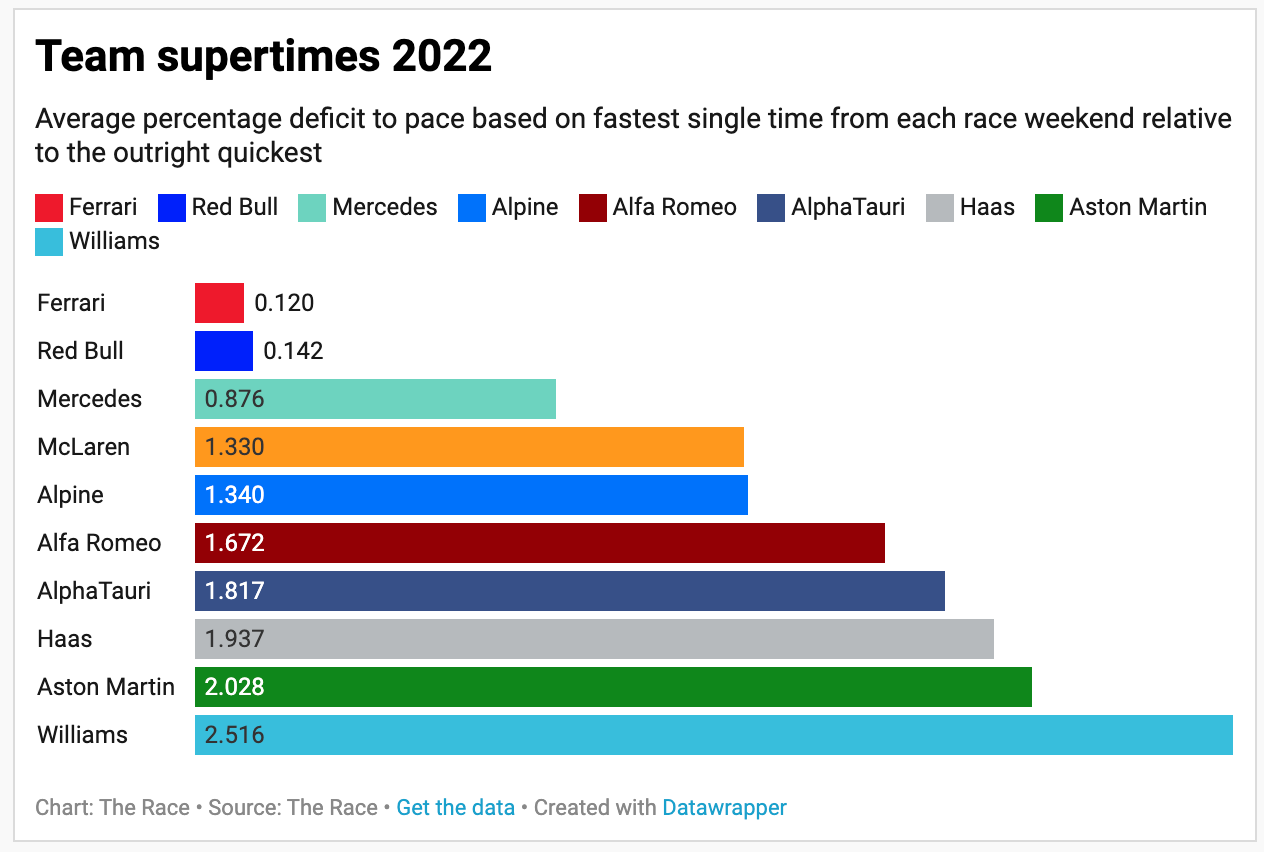
1 Ferrari 0.120%
Ferrari had the faster car, at least in the hands of Charles Leclerc, who is an excellent qualifier. Unfortunately, Ferrari threw it all away with reliability and strategy errors. Now, Ferrari has lost team principal Mattia Binotto, it is going to be rebuild time again. Change is not always good.
2 Red Bull 0.142%
Red Bull did what it set out to do by adding to its 2021 drivers’ championship success. The RB18 car handled the new ground effect rules better than most and was consistent, at least in Verstappen’s hands, throughout the season, they probably had the best compromise between Saturday and Sunday.
3 Mercedes 0.876%
Took its time to get on top of the porpoising and bouncing problems. Actually, I’m not sure the team ever really did and it will be next season before we know for sure. George Russell did a fantastic job in his first year with the team by keeping his frustrations at the situation in check.
I’m not having a pop at Mercedes, I want to see them fighting with Red Bull and Ferrari and anyone else that can join that front group, hopefully, we will see that in 2023.
4 McLaren 1.330%

Started the season poorly, and to be honest never really recovered to the level it should be at. Lando Norris is obviously a star of the future, but McLaren needs to give him the tools to do his job otherwise he will be on his way. But at least the change of management over this winter should be pretty invisible, given Andrea Stella has been promoted from within to take up the team principal role vacated by Andreas Seidl.
5 Alpine 1.340%
Championship-wise, Alpine scored more points than McLaren and finished fourth, car-performance wise it was nip and tuck. It had two drivers capable of scoring points even if they did make a bit of a mess of that on a few occasions, whereas McLaren only really had one. With the loss of Fernando Alonso, Alpine will need to up its game for next season and its two drivers could bring some fireworks.
6 Alfa Romeo 1.672%
Started the season well, fell away and then regained some performance late in the day. To me it appears like a team that is just going about its daily job with no real commitment or enthusiasm, so with Andreas Seidl taking over as Sauber Group CEO in the lead-up to it becoming Audi, it will have the leadership that will set some objectives and that is something the team badly needs.
7 AlphaTauri 1.881%
The main problem for AlphaTauri in recent years has been inconsistency. And that doesn’t seem to have improved. Knowing Franz Tost, that surprises me because he is a stickler for recognising problems and rectifying them. Overall, 2022 was a poor season and it needs to start next year much stronger, otherwise, owners Red Bull and its new management might not see the need for two teams.
8 Haas 1.937%
Devoted 2021 to its 2022 car and started the season strongly, but in general Haas’s performance fell away as the season progressed. Haas needs to be a stronger operation to withstand the pressure of going racing and developing the current car, while also designing a new car for the season ahead.
9 Aston Martin 2.028%
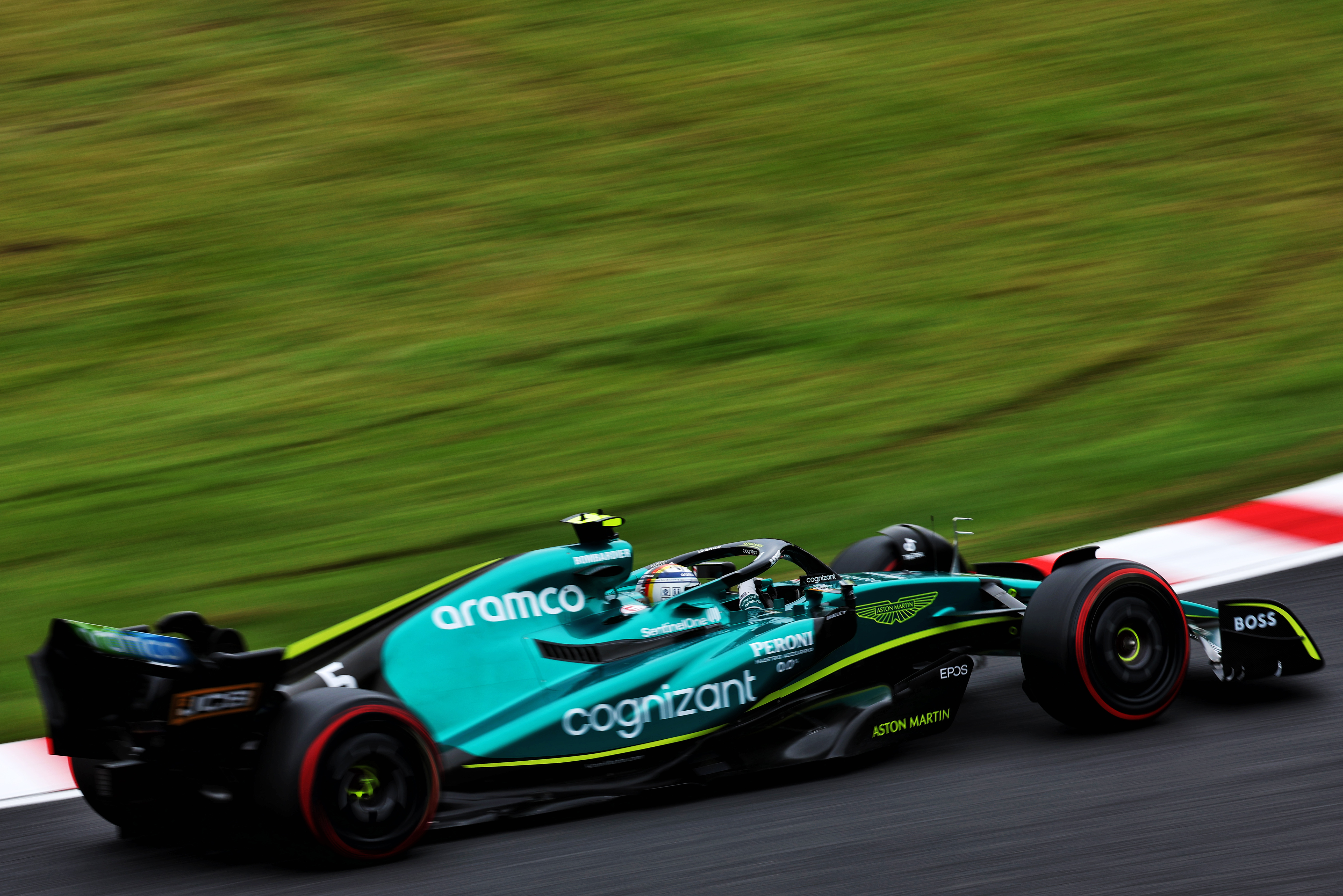
With the arrival of Alonso, Aston need to produce a car worthy of his objectives. I’m not saying that Vettel wasn’t giving it his all, but Alonso and Vettel are two very different people. Vettel knew how to keep his tongue in his cheek, but Alonso has a habit of saying it how it is, I’ll be surprised if this is a marriage made in heaven.
10 Williams 2.516%
Management changes there suggest that the boardroom was not happy with the way things were going. As I have said many times, change takes time to sort itself out and that time can run out quickly when it comes to investors having to dig deeper into their pockets.








